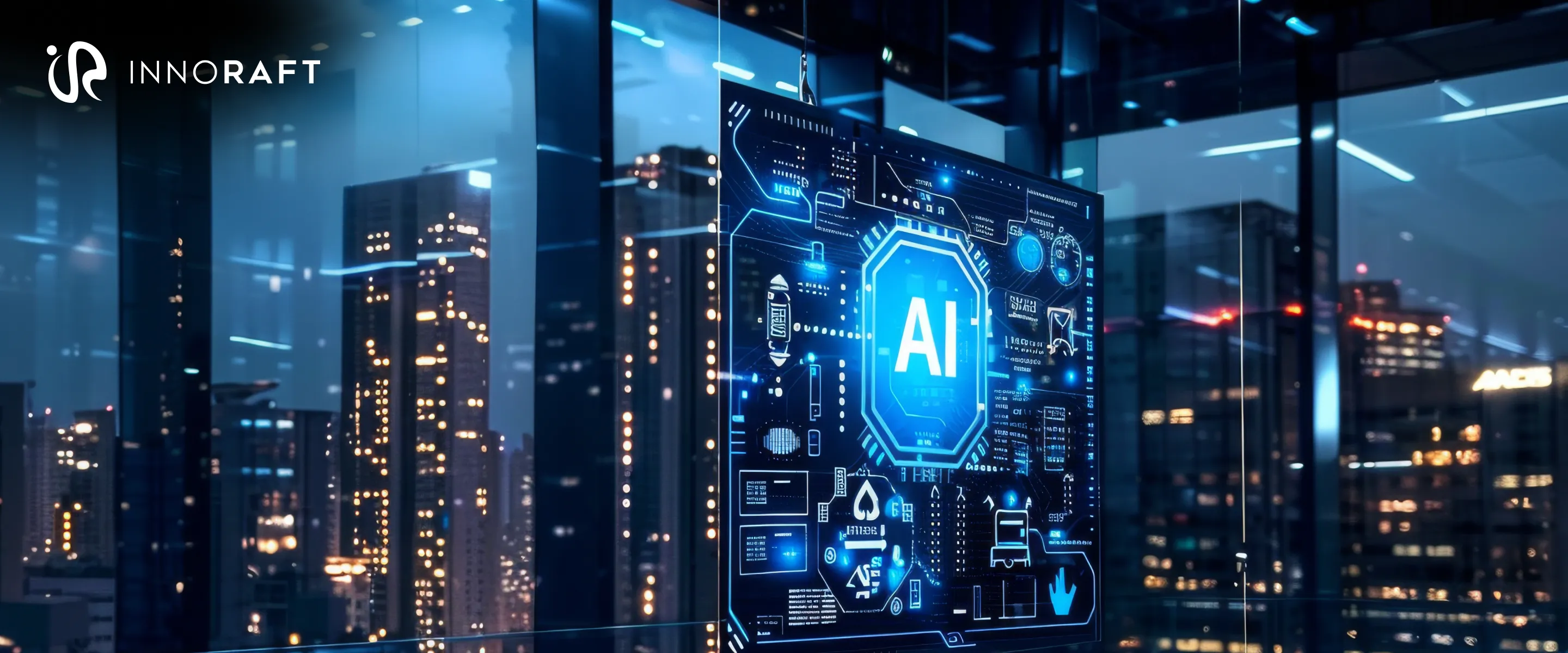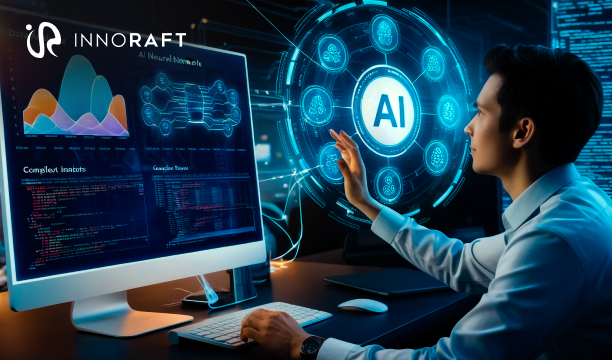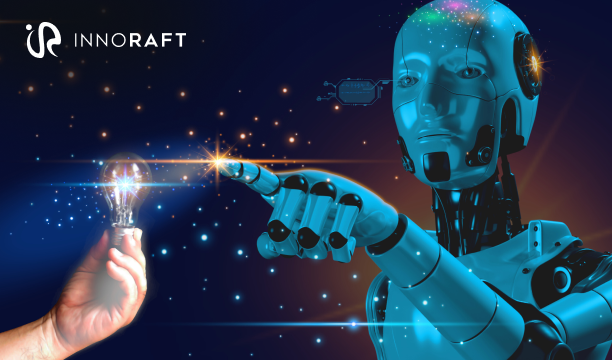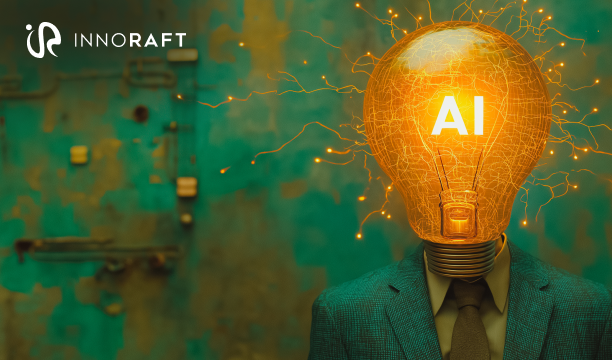Are your customers walking away from your customer experience hub feeling underwhelmed?
We are living in a world where personalization and instant gratification have become the norm. And in this world, static displays and generic presentations no longer capture attention or drive meaningful engagement. You need to build spaces that don't just showcase products or services, but create memorable, intelligent interactions that resonate with every visitor.
Achieving this extraordinary connection with your prospective clients has become simpler, all thanks to Artificial Intelligence (AI). An AI-powered customer experience center can transform how your organization connects with its audience. By integrating AI capabilities into the design and functionality of these spaces, we can help you create environments where technology adapts to visitors in real-time, delivering personalized journeys that inform, engage, and inspire action.
In the following points, we are going to discuss the role AI plays in enhancing the customer experience center and how we power your CEC with AI capabilities for better results.
Why Does AI-powered Experience Matter for Your CEC?
AI introduces some fundamental changes to how your customer experience hub operates by making every interaction smarter, faster, and more relevant. An AI-enabled CEC enables true personalized customer experience using AI at scale.
Here are some key benefits of AI integration:
- Personalization: When visitors enter, the system can identify their industry or role. Digital displays adjust content to match their interests, and interactive kiosks suggest relevant solutions. This makes visitors feel understood and valued.
- Accelerated engagement: AI eliminates friction. Visitors can get instant answers through conversational AI for customer experience, and intelligent routing guides them to the most relevant areas. Predictive analytics anticipate questions, reducing time spent searching.
- Data-driven insights: The system tracks engagement patterns, identifies which experiences resonate most, and reveals gaps in content. This feedback loop allows organizations to optimize their centers based on actual visitor behavior.
How do We Integrate AI Capabilities into Customer Experience Centers?
We approach AI integration in experience centers as a foundational element of design, not as an afterthought. Our methodology ensures that AI capabilities enhance the physical space while maintaining a natural, human-centered feel. We leverage AI amplifiers to bring content and data to life, leveraging various AI tools and technologies. This takes shape as brand mascots that enrich and personalize CEC interactions. Behind the scenes, AI-driven analytics analyzes dwell-time, gesture heatmaps, and speech sentiments to understand probability-to-purchase funnels and auto-pushes possible leads to Salesforce/Power BI.
Here's an overview of the AI integration approach for our CEC development process:
A. Strategic planning
We start with a clear strategic plan, determining the key areas where AI can drive meaningful change, understanding your goals, and your visitors' needs. We map typical visitor journeys and identify where AI can add the most value.
B. Core capability integration
We focus on four key areas:
- Intelligent displays: Gesture-controlled walls and voice-activated demos.
- Conversational AI: chatbots and virtual assistants for instant answers.
- Immersive technologies: AR/VR for contextual interactive demonstrations using immersive technologies for CECs.
- Predictive analytics: in-depth analysis of client behavior and interests during the CEC demonstration to understand purchase intent and next steps.
C. Seamless design
We design the AI elements to feel more intuitive. We work with your team to ensure AI aligns with your brand voice and supports your messaging strategy.
What AI Technologies Power These Experiences?
The capabilities in the AI-powered Customer Experience Center rely on several interconnected technologies working together.
- Natural Language Processing: this powers conversational AI, enabling systems to understand visitor questions in natural language and provide accurate.
- Machine Learning: ML algorithms analyze visitor behavior, segment audiences, and continuously improve recommendations, making the center smarter over time. Machine learning for customer insights helps predict customer needs and deliver customized solutions in real time.
- Real-time Data Processing:This enables the immediate responsiveness that makes AI centers feel magical, providing real-time data-driven personalization that triggers system responses in milliseconds.
- Computer Vision and AR/VR: These technologies create immersive visual experiences, allowing visitors to visualize products or explore complex systems through interactive 3D models.
What Results Can You Expect?
An AI-powered customer experience hub can deliver measurable improvements across multiple dimensions of customer engagement and business performance. Here are some measurable outcomes you can expect from an AI-powered CECs.
- Increased Engagement: Organizations typically see a significant increase in time spent in the center, with visitors exploring more content. Predictive analytics in customer experience helps identify which content resonates most, driving deeper engagement with your offerings.
- Improved lead conversion: By presenting relevant information at the right moment, AI centers generate higher-quality leads.
- Enhanced brand perception: Visitors perceive organizations with AI-powered centers as more innovative and customer-focused, leading to higher satisfaction scores.
- Greater operational efficiency: AI handles routine enquiries, allowing your staff to focus on high-value interactions and enabling the center to serve more visitors effectively. This represents the future of AI-powered customer interactions, where technology amplifies human expertise rather than replacing it.
Conclusion
AI-powered customer experience centers represent a significant evolution in how your organization can engage with its audiences. The technology is no longer a futuristic concept, but a practical tool for creating meaningful connections.
Key Takeaways:
- AI transforms static showcases into dynamic, personalized environments that adapt to each visitor.
- Integration focuses on conversational AI for customer experience, predictive analytics, and immersive technologies.
- Key technologies like NLP and machine learning power these intelligent experiences.
- Organizations see measurable results in engagement, lead quality, brand perception, and operational efficiency.
- AI complements the human staff, handling routine tasks to free experts for high-value interactions.
Is your organization ready to create truly intelligent spaces that engage visitors in meaningful ways? If yes, contact us, and get started on enhancing your CEC with AI.
FAQ
Frequently Asked Questions
Didn’t find what you were looking for here?



